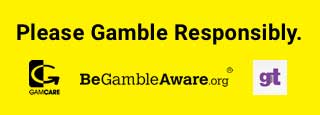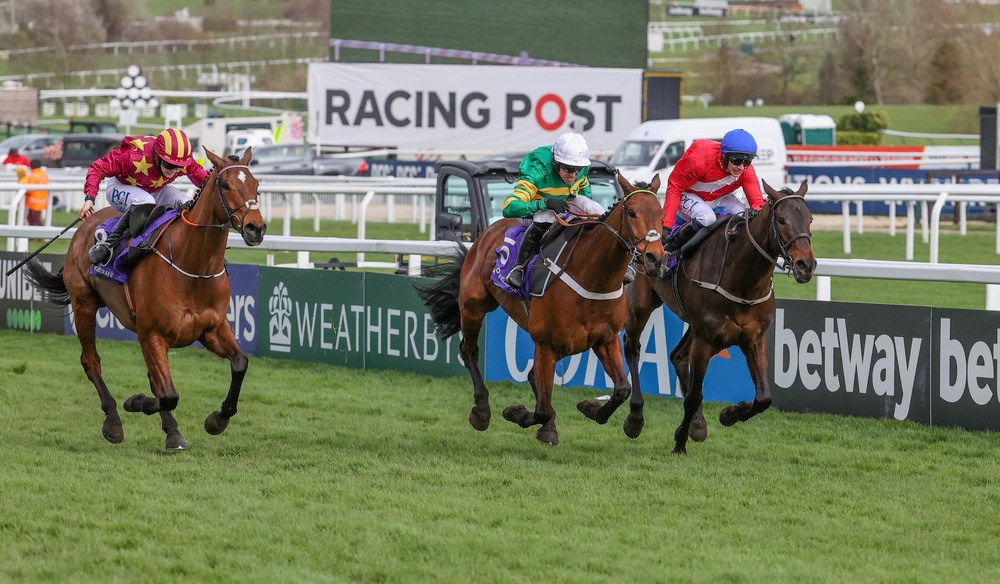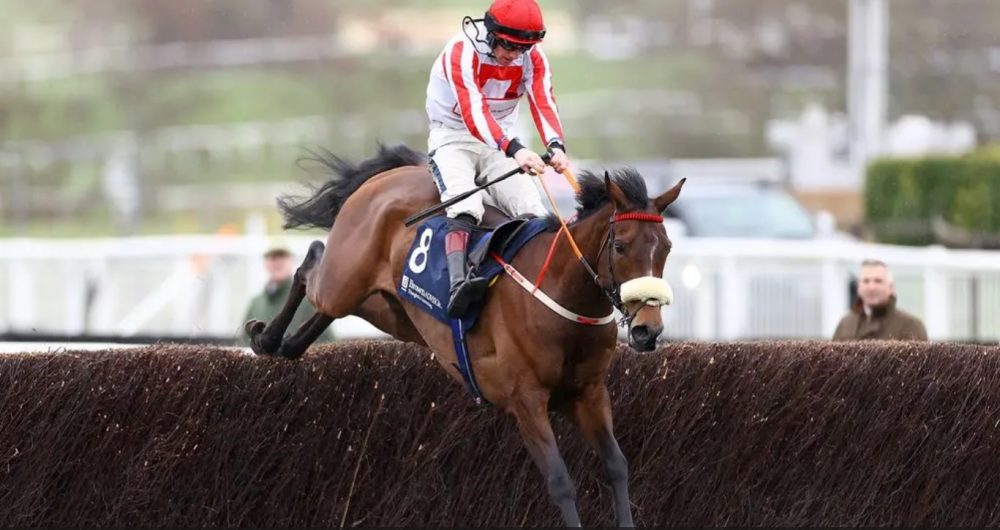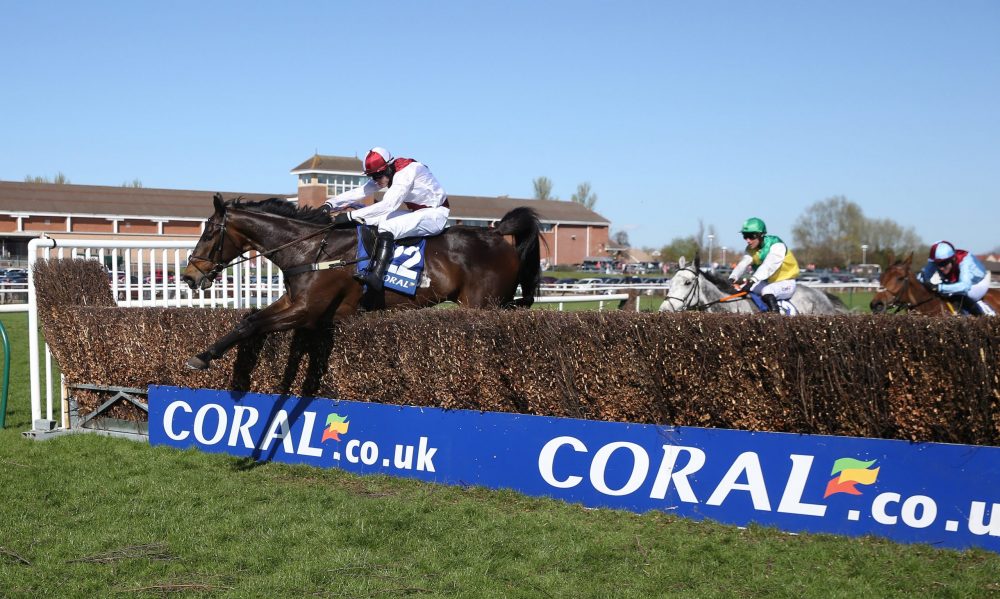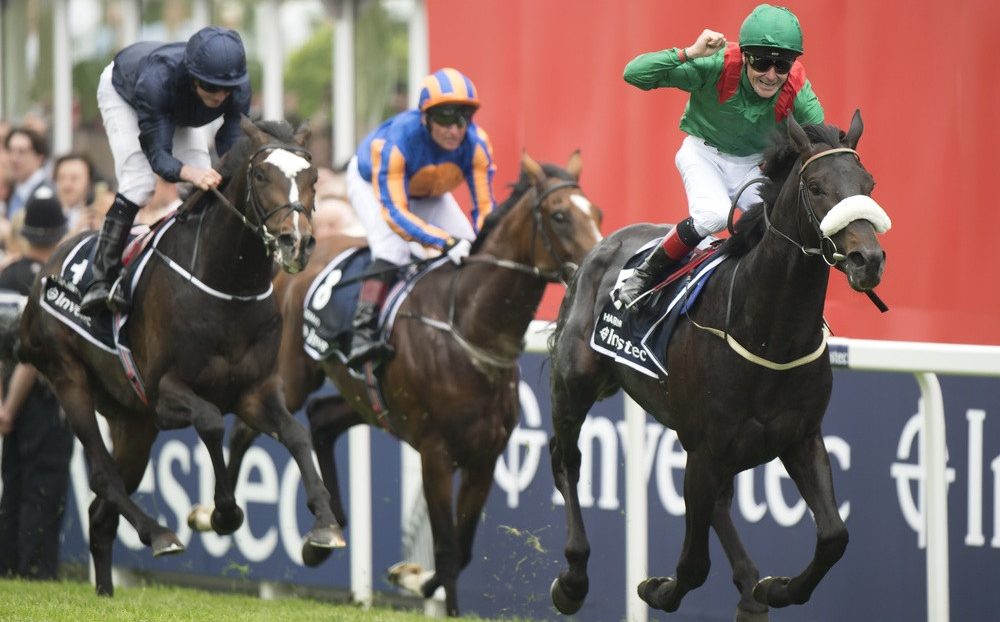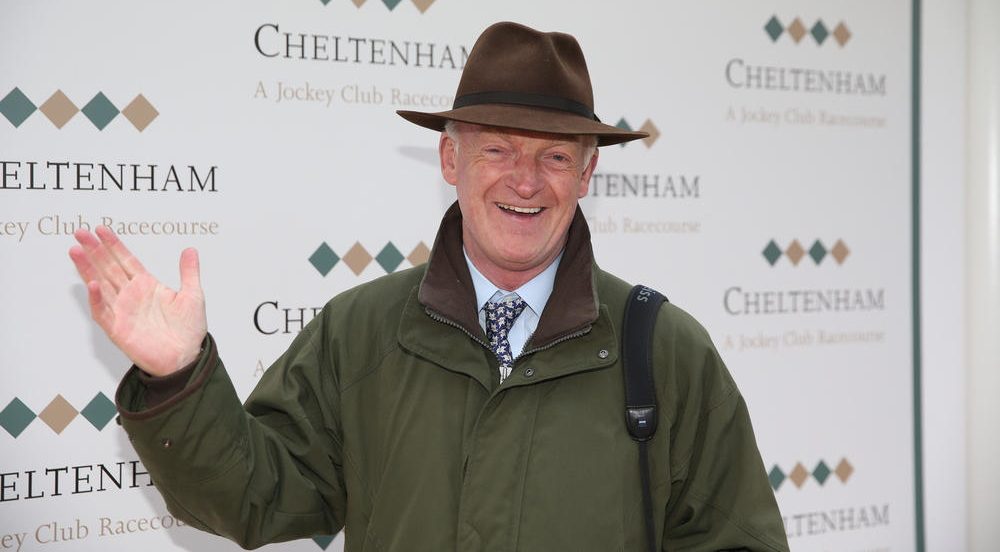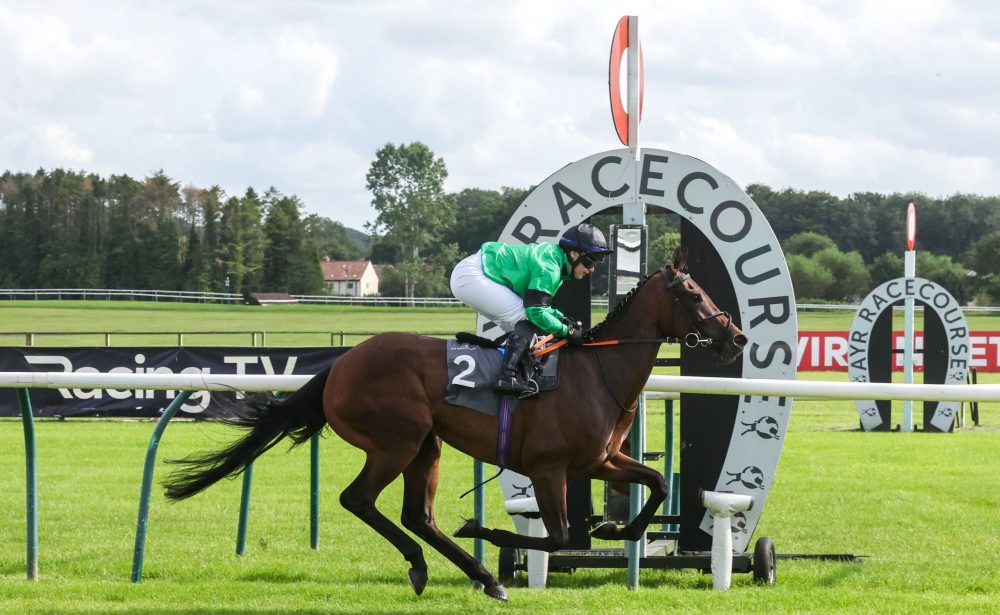
A Guide To Horse Racing Draws and Draw Bias
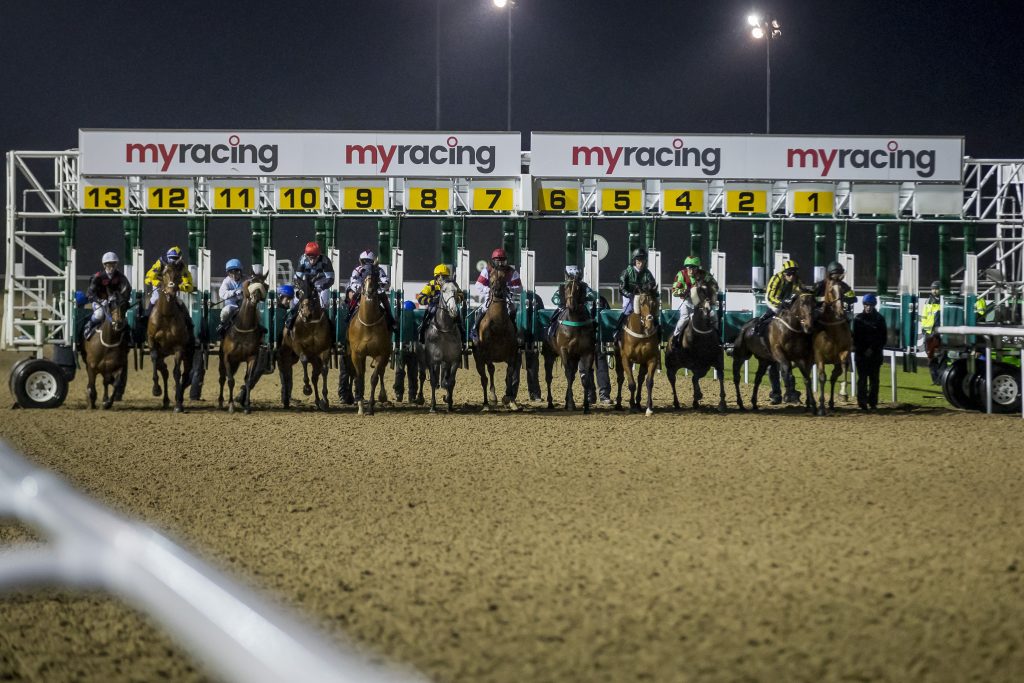
The draw is an often overlooked but extremely important part of betting on horse racing with draw bias playing a big role at some tracks. Our guide to draws will make you an expert and help you find winners in 5 minutes when used alongside our horse racing tips!
Five tracks where we all THINK the draw is a road to riches.
One thing we need to remember when we are discussing the draw is that the bookmakers are as clued up as we are. Yes, the percentage of winners from a low draw at Chester (for example) will still hold the edge, but as they will always be well backed by the public and never sent off at a big price by the bookmakers, that does not mean we can instantly turn a profit.
The five courses where the draw has the biggest advantage are traditionally seen as:
Chester – The tightness of the track gives a low draw a significant advantage and it looks like a top four draw is a pre-requisite for victory. There is a loss of over 80 points over the years if you blindly backed the one stall, while supporting those drawn one to four would have seen you back 62.58% of all winners yet still make a loss of 472.48 points at starting price. Those figures are over all distances and you would have made a profit by backing those drawn 2 over distances shy of seven furlongs (plus 109.37 points), but NOT those drawn 1 or 3, unlike popular belief. Amazingly, there is a 12pt profit from the 12 stall, though that comes from one huge priced winner.
Beverley – Low is again the place to be here but it is as pronounced as some will have you believe. Assuming that statistics never lie (?), only two stalls have shown a level stakes profit over the last ten years – and amazingly they are 17 and 15! Yes, you will hit the higher percentages of winners from the lower stalls with 1 2 4 and 6 adding up to about half of all the winners but that does not mean a profit and if you stuck to everything out of those stalls you would have seen 677 winners – and a loss of 1,166 points at SP. Drop back to less than seven furlongs and the figures are better but only stalls 4 and 5 show a level stakes profit and just over 34pts over ten years of statistics, nowhere near as profitable as most would assume.
Lingfield (turf only) – High is the place to be apparently but once again, does that mean we can make any money? Yes is the answer if we stick to the 15 stall which has been responsible for a small profit of 25.30 points over the years, though the others pan out roughly equal to the same percentages from the 1 stall as the 21 stall. As expected, if you restrict the race to less than seven furlongs then double figured draws hold considerable sway and are a rich source of winners with some small profits to be made.
Thirsk – A high draw again at Thirsk is the folklore we have followed for years but what exactly do the numbers say? This time the theory has some longevity to it with just the three profitable stalls over all distances – 14 (+46.50 points), 16 (+20 points), and 18 (+14 points). Drop to races of less than seven furlongs and generally speaking the same ensues. 14 10 and 8 all make profits but (this is the surprise), the biggest profit of all came from the 4 stall. 66 winners from 477 runners for a 13.84% strike rate and 155.78 points of level stakes profit.
Catterick – Low draws are again said to be the place to be at Catterick and one last grinding of the statistics disproves that a little. The only stall where you would have made a profit by blindly backing them all is the 14 box, though even then the profit is a mere 23 points – over ten years. The lower the stall the more winners and if you then keep to less than seven furlongs (the sprint distances), then the 1 stall comes out with the highest percentage of winners (13.82%), but stalls 11, 14, 13, and 5 (in that order) are the only ones showing a level stakes profit.
Conclusion:
The draw factors remain as we always felt they were, and if you fancy has a good draw (or better still the myracing selection), then all is good in the World. However, the prices are already taking the draw factor in to account and perhaps even exaggerating it, so if you have a horse you strongly fancy do not be put off by a “bad” draw – the figures above prove they can still win and represent value on occasions as well.
